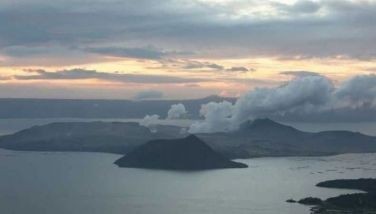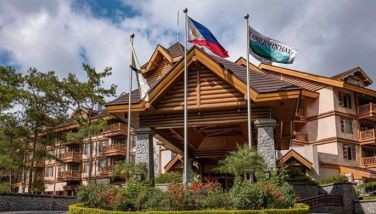Lack of potable water looms in Davao City
DAVAO CITY, Philippines – As both the national and city governments are looking for solutions to address the worsening power problem, another disaster looms in the horizon.
According to the Davao City Waster District (DCWD), the city could experience a potable water shortage by 2015 if it does not get the fiscal and policy support to expand its services and boost its ability to sustain these services.
In a briefing yesterday at the DCWD head office in Matina district this city, community relations and external affairs officer Imelda Magsuci admitted that they would not be able to meet the 3.24 percent annual demand growth for potable water in the city without financial support and new loans.
“Without the support, we would not be able to extend 24-hour service in existing service areas. We would not be able to expand to new service areas as well as maintain and develop existing and new resources,” Magsuci said.
Based on its 2011-2018 Medium Term Development Plan, the DCWD needs P11 billion to P15 billion to meet existing demand and expand services and resources.
This year alone, the water district needs P1.2 billion.
DCWD corporate planning manager Ariel Noble said P8.48 billion of the amount would be used to develop and maintain surface water sources.
“Davao City cannot rely solely on underground sources as the danger of salination is real, while Davao has a large potential source of surface water,” he said.
Noble added that not only is the problem one of resources but preserving these resources. On the average, the water district is plagued by a little over 25 percent non-revenue water (NRW).
The Local Water Utilities Administration requires a NRW rate of only 15 percent. NRW is water in the system lost or wasted due to leaks, illegal connections and other factors.
The projected daily demand has grown from 257,000 cubic meters last year to 261,832 cubic meters this year. By 2015, the daily demand is projected to increase by a minimum 283,2372 cubic meters.
Last year alone, the water district already noted a deficit of 47,982 cubic meters, which is projected to increase to 59,198 cubic meters this year.
Davao is the third-largest urban area in the country and the economic center of southern Philippines. It has a population of 1.52 million, which is expected to grow to 2.5 million by 2030.
The DCWD serves 59 percent or 901,525 of the city’s total population. Without expansion, its raw water capacity is sufficient to supply only 43 percent of the city’s population by 2030.
The DCWD has developed eight independent water systems, including 49 production wells, and installed 1,430 kilometers of pipelines. It already has 180,000 active service connections in 108 barangays.
A $2.2-million technical assistance was granted by the French government, through the Asian Development Bank, to help DCWD (along with the Metro Cebu Water District) expand its coverage of continuous water supply to 80 percent of the population by 2022, and access to hygienic sanitation to 50 percent of city residents from the current 10 percent.
- Latest
- Trending































